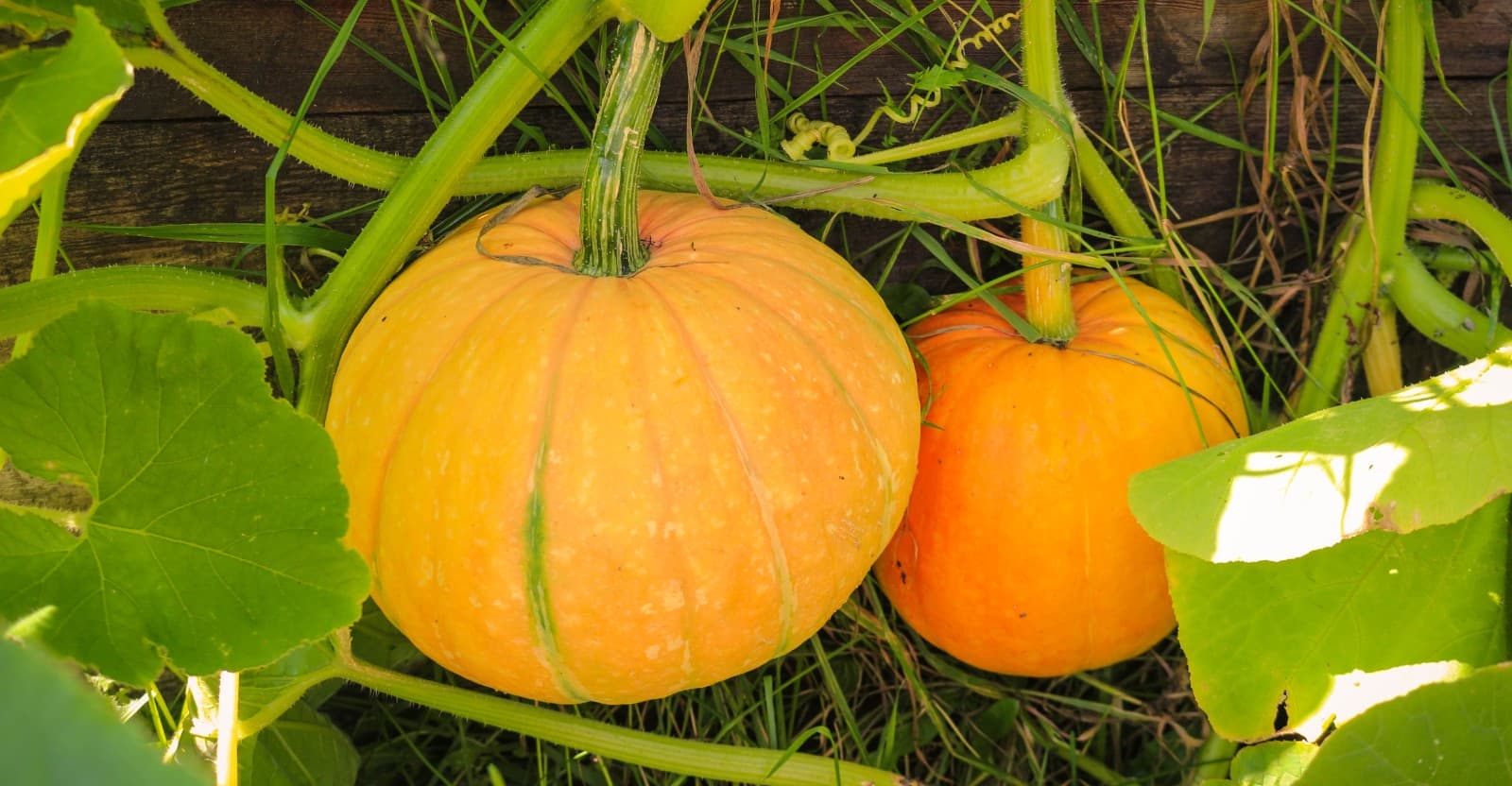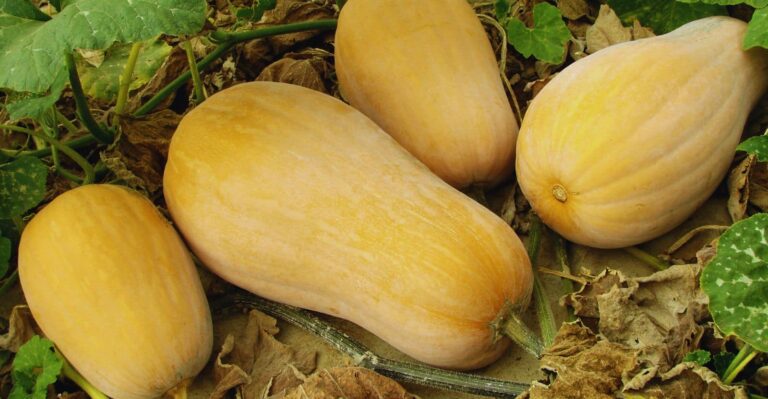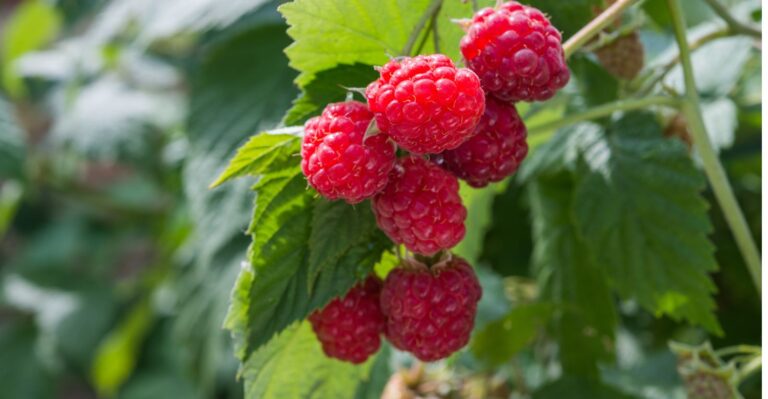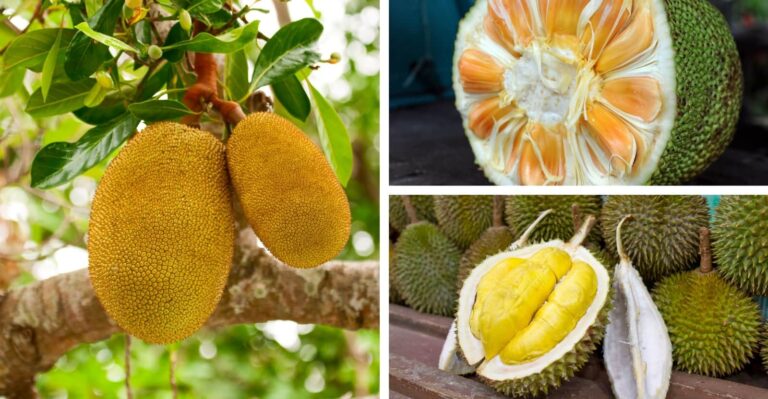Amazon has put together some great Home Gift Deals – save money and get your shopping done at the comfort of your home! Click here to see deals on Amazon
If you’ve had a sweet tooth like me, then pumpkin pie should be one of your favorite dishes.
Don’t worry if that’s not the case.
There is a large selection of pumpkin varieties that you’ll quickly discover. And there is a perfect pumpkin for whatever you want to do.
Pumpkins are healthy, tasty vegetables that you can use not only for eating but also for carving for your jack-o-lantern during Halloween.
If you’re getting into planting pumpkins and want to know how many pumpkin plants you can grow per plant, then the simple answer is 3 to 6 pumpkins. Some miniature varieties can yield 10 to 12, while the large variety can produce 1 or 2 pumpkins.
Let’s cover in-depth about growing pumpkins and some essential tips that you can use to maximize the yield.
How many pumpkins does a plant produce?
The number of pumpkins growing on a plant depends on the type, watering, fertilization, and sunlight available to the plant.
A medium-sized pumpkin can produce three to six pumpkins, whereas larger varieties produce a maximum of one pumpkin per plant.
Here is a summary of pumpkin types and average yield from the plant.
| Size | Variety | Yield |
|---|---|---|
| Small (1 lb to 7 lb) | Jack Be Little, Baby Bear, Pie Pumpkins, Munchkin | Four to Eight |
| Medium (8 lb to 20 lb) | Jack-o’lantern, Connecticut field Magician, Autumn Gold | Two to Three |
| Large (above 20 lb) | Howden Biggie, Aladdin, Magic Lantern, Gold Rush, Pro Gold 510, Camaro, Warlock | One to two |
| Very large )above 30 lb) | Atlantic Giant, Prize Winner, Big Max, Dill’s Atlantic Giant | one |
Pumpkins vines grow quite long, and you need proper support to hold the weight of growing pumpkins.
If you have limited space and spreading the pumpkin on a trellis, make sure you use it to support it with a mesh bag or fabric to hold weight. Broken or damaged vine reduces the number of pumpkins you can grow.

How long does it take for pumpkins to grow after flowering?
It takes anywhere from 80 to 120 days from planting to harvesting a pumpkin. In 5 to 10 days, the pumpkin seeds start sprouting and begin growing. To help it grow, ensure that the plant gets enough sunlight, at least six hours of direct sunlight.
Pumpkin needs a lot of water to encourage the fast growth of the vine and start flowering. Also, be careful not to overwater it and let its root soak in the standing water.
If you’re planting it in a container, make sure there is proper drainage to remove excess water. A pot with lots of holes at the bottom is preferred when planting a pumpkin in a container.
It takes 45 to 55 days from flowering to the growing of pumpkins. The pumpkin flower must get pollinated quickly to reduce this time. Bees and other insects are essential for a natural way of pollination. If not pollinated on time, the flower withers and fall off without producing any pumpkin.
Having other ornamental flowers in your garden attracts bees and insects that help pollinate. You may have to manually fertilize it if there are no bees or insects in your garden.
There are two types of pumpkin flowers, male and female. The male flower grows first and won’t produce any fruit. The female flower appears a few days later after a male flower.
You can use a cotton swab or paintbrush and rub pollen from the long-stemmed male flower and pollinate the female bud. It takes a week after pollination for the flower to start bulging and form into a pumpkin.
Read More: Jackfruit vs Durian: What is the difference?
How much space does a pumpkin plant need?
Proper spacing is a must to get a full-grown pumpkin with a higher yield. The spacing depends on the pumpkin variety and the full-grown size of the pumpkin.
The following table illustrates the pumpkin variety and spacing needed for it to grow correctly.
| Size | Variety | Spacing |
|---|---|---|
| Small (2 lb to 8 lb) | Baby Boo, Bumpkin, Casperita, Hooligan, Blanco, Mystified, Trickster | Three to four feet |
| Medium (8 lb to 15 lb) | Autumn Gold, Bushkin, Spirit, Ghost Rider, Jack-O-Lantern, Howden, Casper | Four to five feet between plants and three feet between rows |
| Large (over 20 lb) | Aladdin, Full Moon, Gladiator, Happy Jack, Big Max, Prizewinner, Cinderella, Atlantic Giant | Five to six feet between plants and four feet between rows. Extra-large pumpkins may need up to 70 square feet of spacing |
The proper spacing gives the pumpkin enough nutrients and space to spread its vine. A healthy and sturdier vine can support maximum yield. Use a balanced fertilizer for adequate plant growth. Don’t use extra nitrogen high fertilizer as it tends to grow the foliage rather than the fruit.
Organic compost is the best way to fertilize your lawn optimally. It improves the soil condition and increases its ability to retain moisture in the soil.
One way you can increase the yield is by doing “branching.” The branching helps make vines grow strong which allows it to support the more prominent and massive pumpkins.
When the vine grows up to 2 feet long, you should pinch out the tips to stimulate growth.
You can also remove smaller and weaker female flowers during the first three weeks of growing. It encourages healthy and more vigorous flowers to remain. That improves the quality of pumpkin growth and increases the yield.

How many pumpkins per acre can you grow?
The number of pumpkins depends on the variety. If you’re planting smaller varieties, then you can plant up to 2,000 smaller varieties in an acre. Each small plant pumpkin, on average, yields four pumpkins, which means you get up to 8,000 small pumpkins.
The medium-sized pumpkins such as Autumn Gold, Jack-o-Lantern, you can plant pumpkins up to 1,000 in an acre. These plants yield 2 to 3 pumpkins per plant, so you get around 3,000 pumpkins in an acre.
The large size, such as Big Moose, and Mammoth Gold, you plant approximately 400 plants, and you get one yield per plant, so you get 400 giant pumpkins.
However, those are estimates only as you may have different yields depending on the soil condition and the weather.
You can grow pumpkins in beds or hills. For hill planting, sow four or five seeds per hill, keeping the spacing around 4 inches apart. Then you can thin it to the most vigorous two plants.
You can cover the just-seeded pumpkin bed with an insect cover or lightweight row cover. It reduces the infestations of pumpkin bugs and striped beetles.
Remove the cover when flowers appear, as they have to be pollinated to produce fruits. You should continue to care for it and remove any pests you see on the plant.
Note:
Americans used pumpkin “ partly as a substitute for bread.
How to grow pumpkins in containers?
Pumpkin vines need a lot of space to grow fully and provide you with maximum yield. If you’re planting other flowers and vegetables, you don’t want the pumpkin to be taking all the space.
Planting pumpkin in a container is the best option if you’re doing urban gardening. You can plant it in the large pots and direct the vines to climb on the trellis, walls, deck, patio, or other surfaces.
Pumpkins need full sunlight to grow, and planting it in the container allows you to move in the area where it can get optimal sunlight and grow to its fullest.
You can start planting it during a mildly cold season right after frost and place it in direct sunlight. It allows you to start doing the seedling a few weeks earlier than planting it in the ground.
Pumpkin needs ample space to grow, so choose a big container that can handle sizeable overgrown root balls. A bigger box allows you to put more soil that can provide necessary nutrients and moisture for the plant.
A larger capacity pumpkin pot around 15 to 20 gallons or more is suitable for growing medium-sized pumpkins. Remember that the pumpkin vine proliferates, and you can notice the growth daily. Make sure there is proper support to the pumpkin when climbing it on a trellis.
How often should you water your pumpkins?
Pumpkin needs water to grow properly. For small to medium size pumpkins, you need to water one to two inches per week.
That means water it every 2 to 3 days apart for 10 minutes. Check the soil before watering, and if it’s still moist, then don’t water it.
The watering schedule may change depending on the weather as it evaporates quickly, and you may have to increase the watering schedule in the hot summer.
You can use a sprinkler to water the plant or use a drip irrigation system where the water goes directly into the root. Try to keep the foliage and fruit dry as it prevents the molds and fungi from getting a hold on the plant.
Don’t overwater the pumpkin or let the water pool on top of the soil. You may have to acclaim your soil to make it suitable for the plantation.
Pumpkins don’t do very well on clay-type soils, and you can use organic compost to fix the ground. A damp land makes the delicate pumpkin roots to rot or cause other diseases.
Conclusion: How many pumpkins per plant
So there you have it. Pumpkins are great plants and full of nutrients that are wonderful for cooking and you can harvest and store well in winter.
If you have any questions or comments, let us know in the comment below.

Don’t forget to share this post







